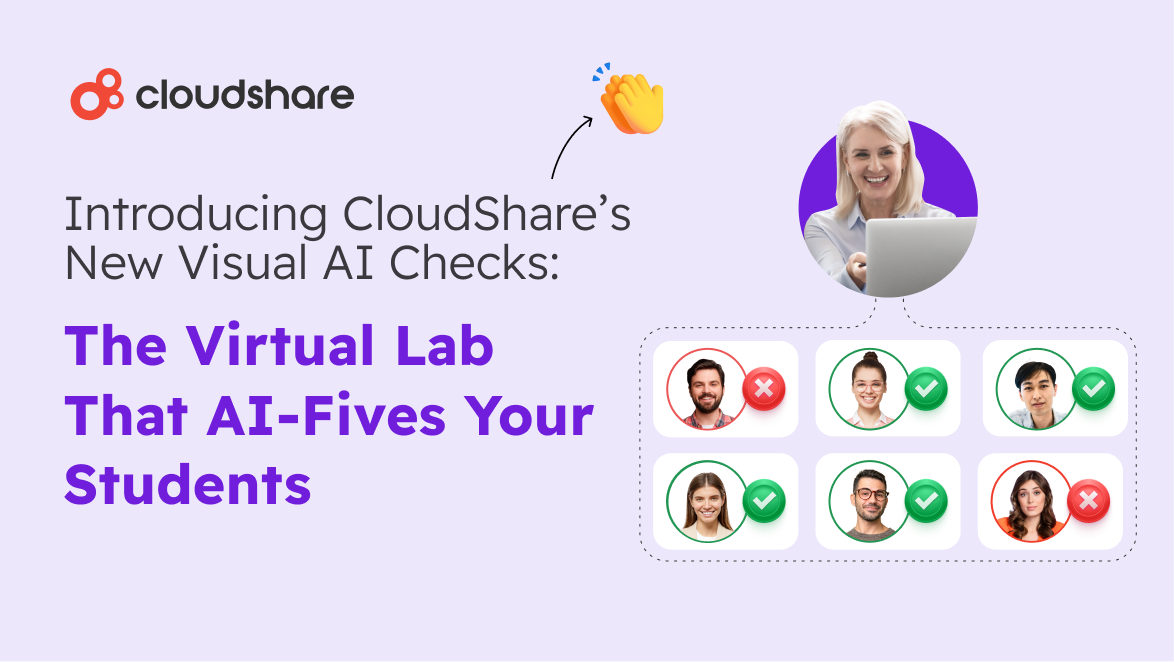
The cloud has been a major force in reshaping enterprise IT. In 2018, however, cloud will truly demonstrate just how much disruption it is capable of dishing out.
Joined by rapid advances in AI, even traditional enterprises will be able to reach more customers, partners, and employees, and provide them with a much richer, more personalized digital experience.
AI will fully permeate the digital experience.
AI and machine learning are improving at an exponential rate and we’re already seeing these technologies have a huge impact in areas such as high-speed trading, complex networking, consumer preference prediction (such as Spotify and Netflix recommendations), voice recognition and natural language processing (think Alexa and Siri). But, there’s still plenty of room for AI to grow.
According to a study by Narrative Science, 38% of enterprises use AI today, a figure they expect to nearly double to 62% by next year.
In 2018, we’ll see AI even more fully permeate the digital experience. Customer service bots, for example, will improve dramatically, solving tier 1 and, in many cases, tier 2 customer issues without ever giving away that the customer service representative is an algorithm instead of a person.
Large IT networks will achieve significant milestones in becoming “self-healing,” with artificial intelligence fixing issues long before any human being realizes they even exist.
Customer preference predictions will move beyond video and music recommendations to a wide array of consumer goods and services, and it will be scarily accurate.
But my biggest prediction is this: most of the time, people won’t even notice the presence of AI, even as it transforms their daily lives. It will be so well integrated into our digital experience, most of the time, we won’t even realize that it’s there.
Training and Development will finally transform to truly meet employee and business needs.
Our entire cultural ecosystem, from schools to businesses, understands that the need to train and retrain the workforce has reached a critical state. Google recently committed $1 billion toward this important goal, and it was the No. 2 business priority this year, according to the 2017 Deloitte Human Capital Trends Report.
Unfortunately, that same report also notes that the Net Promoter Score for internal corporate training is an abysmal -8. It’s nearly impossible to score any lower; employees are clearly about as dissatisfied as is humanly possible. And that’s probably because training organizations still cling to antiquated methods.
Traditional, classroom-based instruction is still the No. 1 means through which most organizations train their employees, according to the LinkedIn 2017 Workplace Learning Report. This disparity cannot stand for long. Next year, thanks to breakthroughs in cloud and AI, the much-needed transformation of corporate training will really take off.
Organizations will make great strides toward providing each employee with a personal learning experience that meets their individual skill requirements through a mix of different training modes and formats, delivered on-demand according to their job, seniority level, background, and experience.
What’s more, starting in technical skills training, corporate trainers will be able to provide each student with complex, individualized hands-on training environments that perfectly mimic the IT environments in which they will work. Eventually, with the help of AI and even virtual reality, we’ll see this kind of capability extended to other industries. But it begins with IT.
E-learning is set to explode.
While e-learning has been around for decades, we are only now beginning to see the full potential for the cloud to disrupt traditional training models for the better. According to Stratistics MRC, the Global E-Learning Market was worth $165.21 billion in 2015 and is expected to reach $275.10 billion by 2022.
In the past, organizations that wanted to provide e-learning services needed physical equipment to provide students with environments in which to practice their newly learned skills.
Today, with the cloud, those costs are a small fraction of what they used to be. In addition to cloud, hands-on, micro and video technologies will play a critical role in advancing training. As a result, internal training organizations are becoming much more nimble, and are leveraging e-learning technologies to expand their reach and grow their training programs.
So while 2018 will probably not mark the golden age of corporate training, by looking to examples set by cutting-edge training organizations who are already embracing cloud, AI and other technologies, we’ll be able to see what that golden age will look like and when it might arrive.
The next wave of cloud.
There’s no doubt about who the 800 lb. gorillas of cloud computing are today. Amazon and Azure dominate the public cloud market. According to a Gartner report from September 2017, AWS controlled 44 percent of the public cloud market, while Microsoft Azure trailed behind at just 7.1 percent. That said, even though the two companies own more than half of this $22 billion market (and growing), I predict that next year, we’ll start to see smaller, specialized cloud players carve out a larger slice of that market for themselves.
These cloud companies won’t aim to provide the same kinds of general-purpose cloud services that Azure and AWS offer. Instead, these cloud companies will differentiate themselves through a level of personalized service that the giants can’t possibly give and by providing functionality that caters to specific vertical industries and LOB departments, such as healthcare, training and customer support.
This specialized cloud segment will pick up steam as organizations demand greater productivity and functionality from their cloud services.
Doing battle with giants is never easy. These upstarts will struggle. But for every Goliath, a David will eventually appear…and win.



